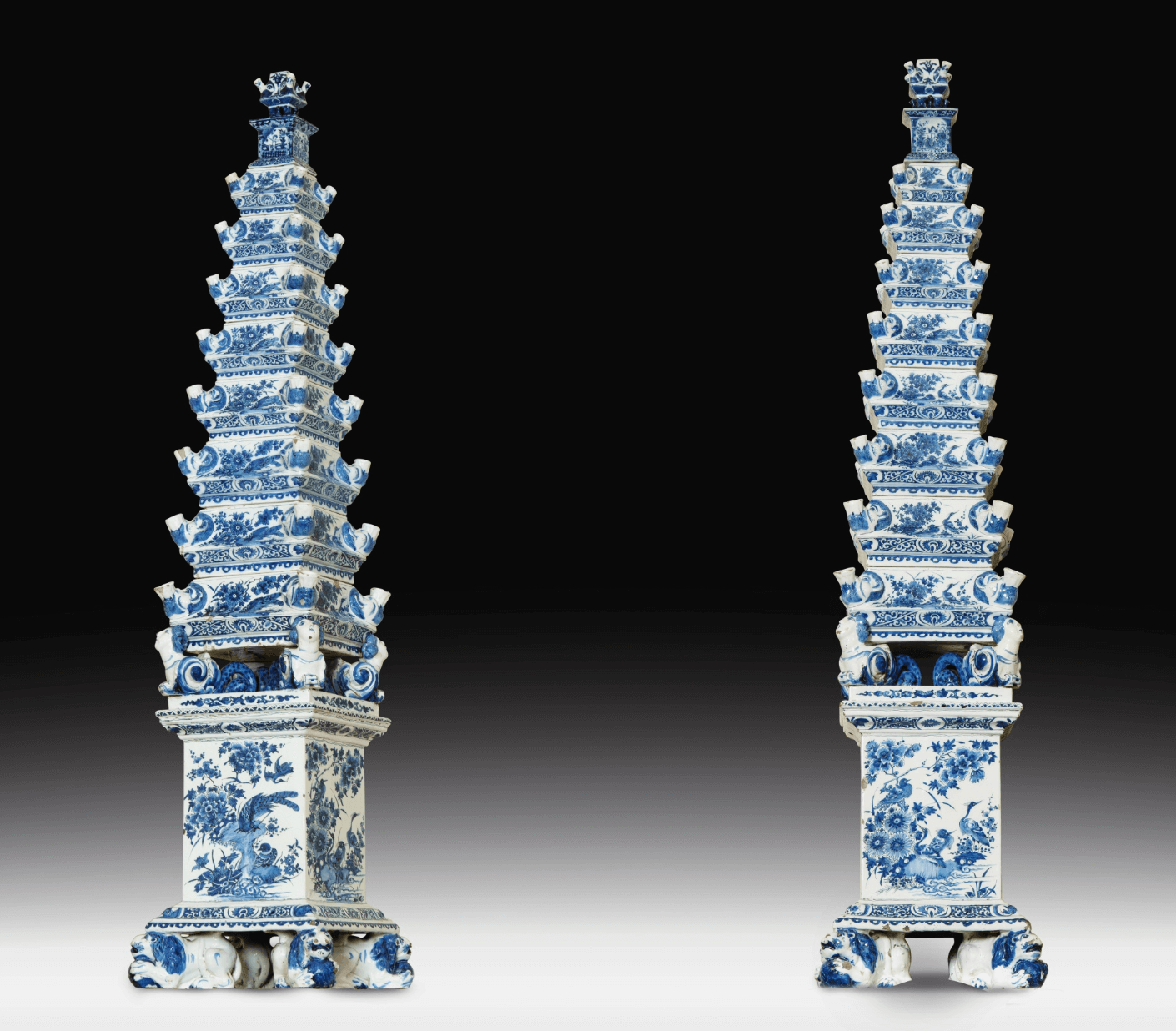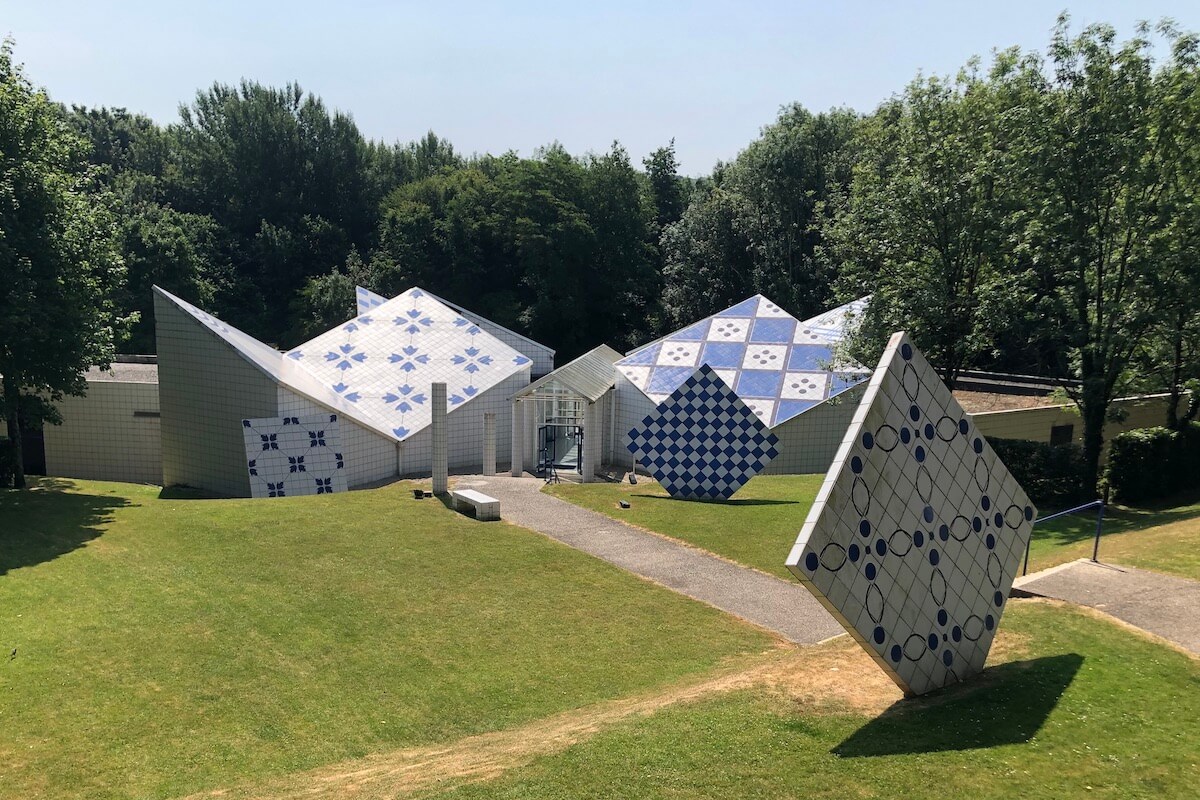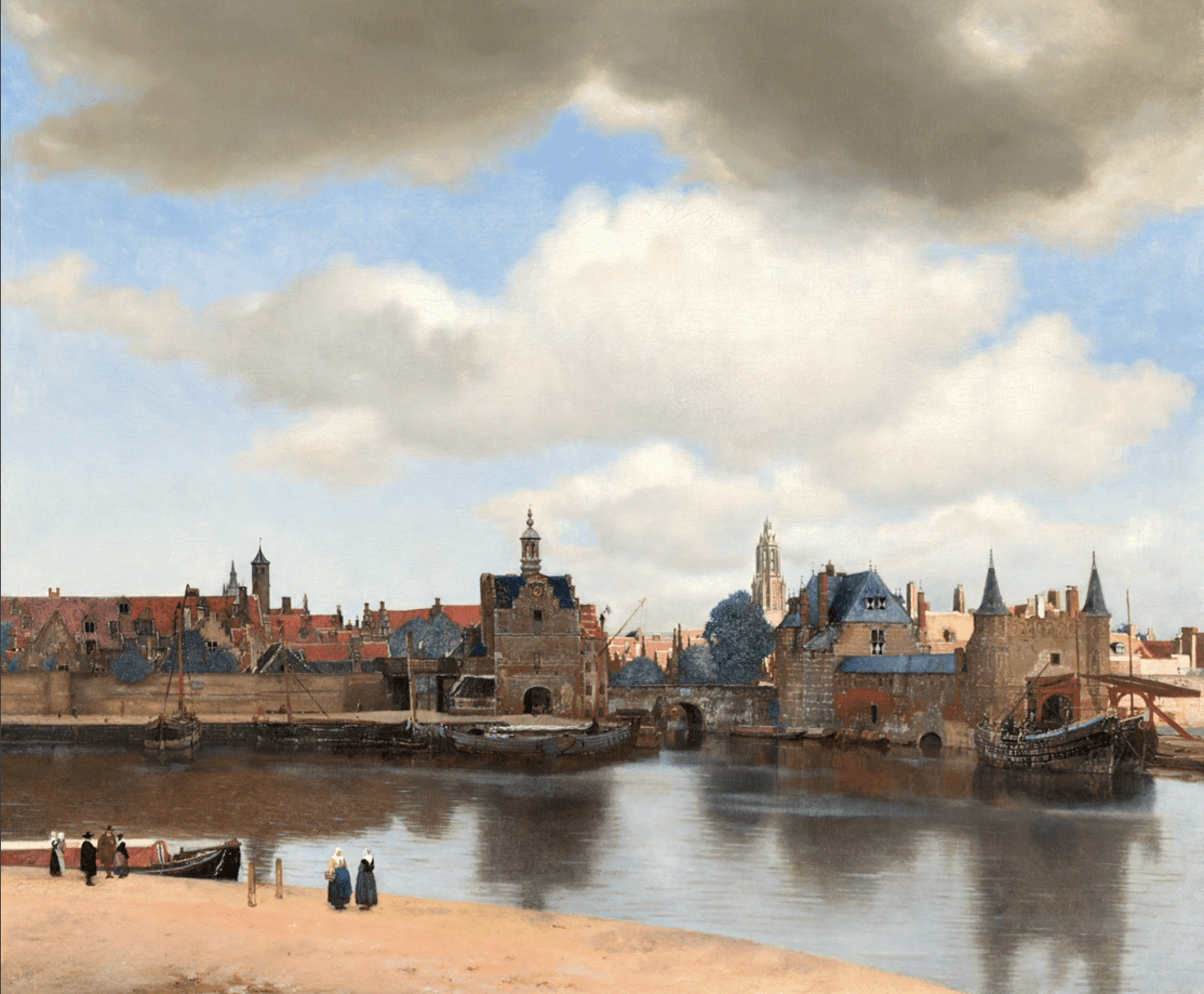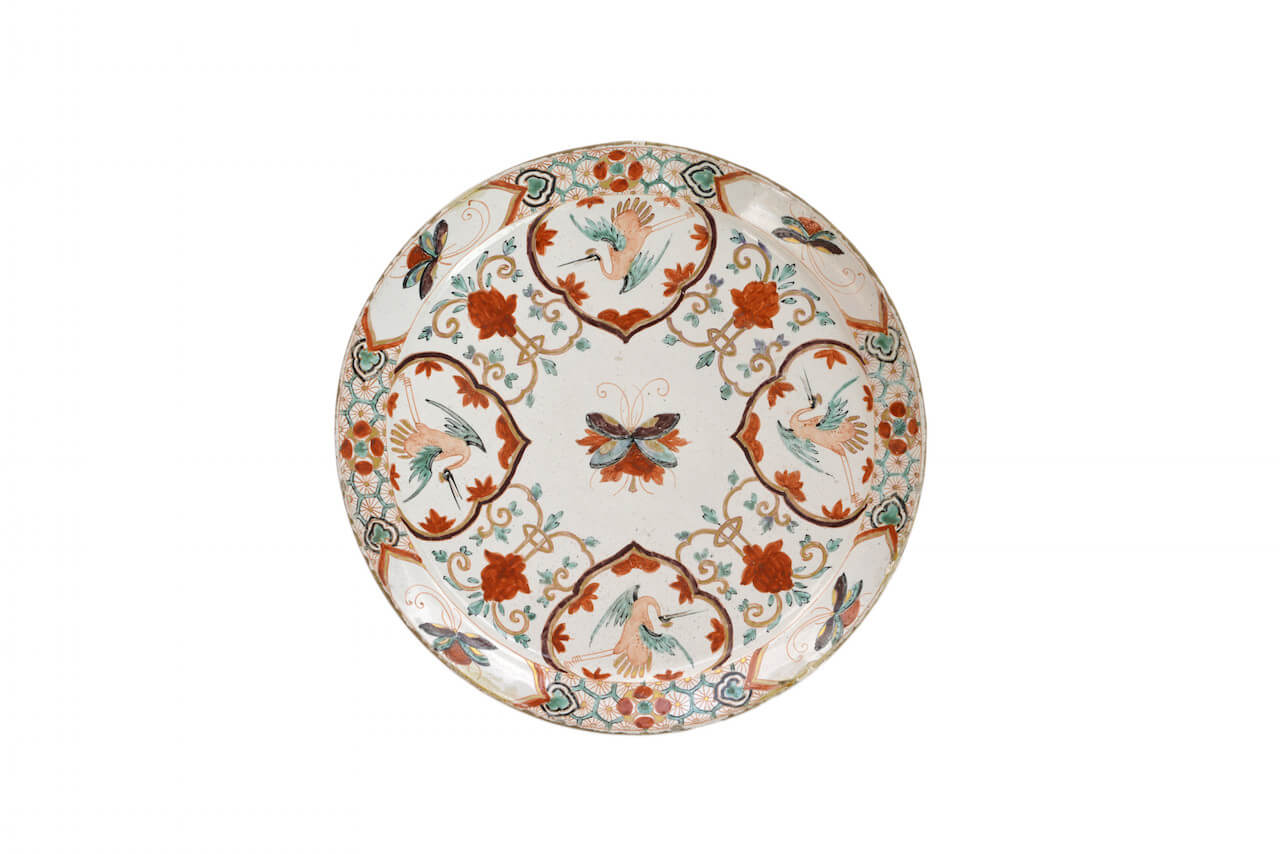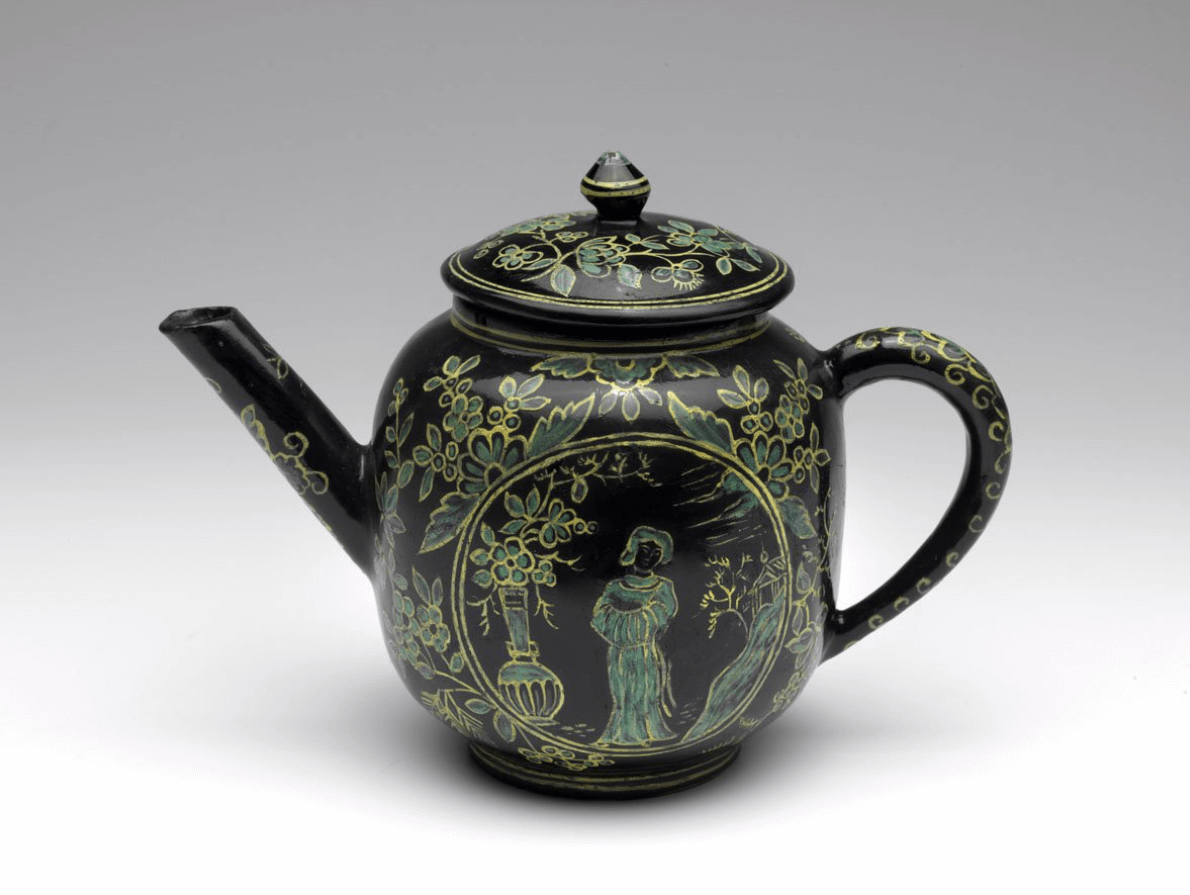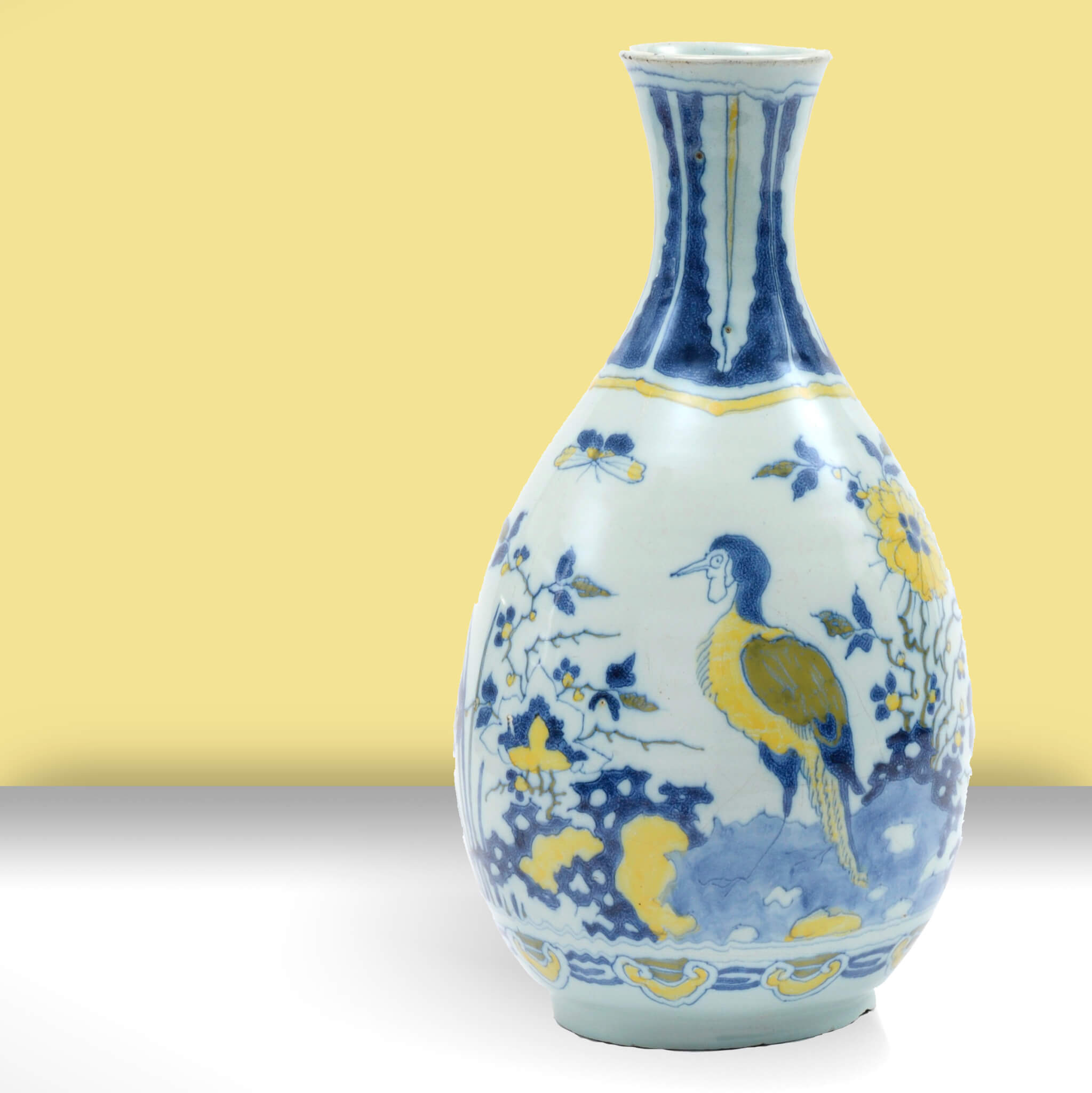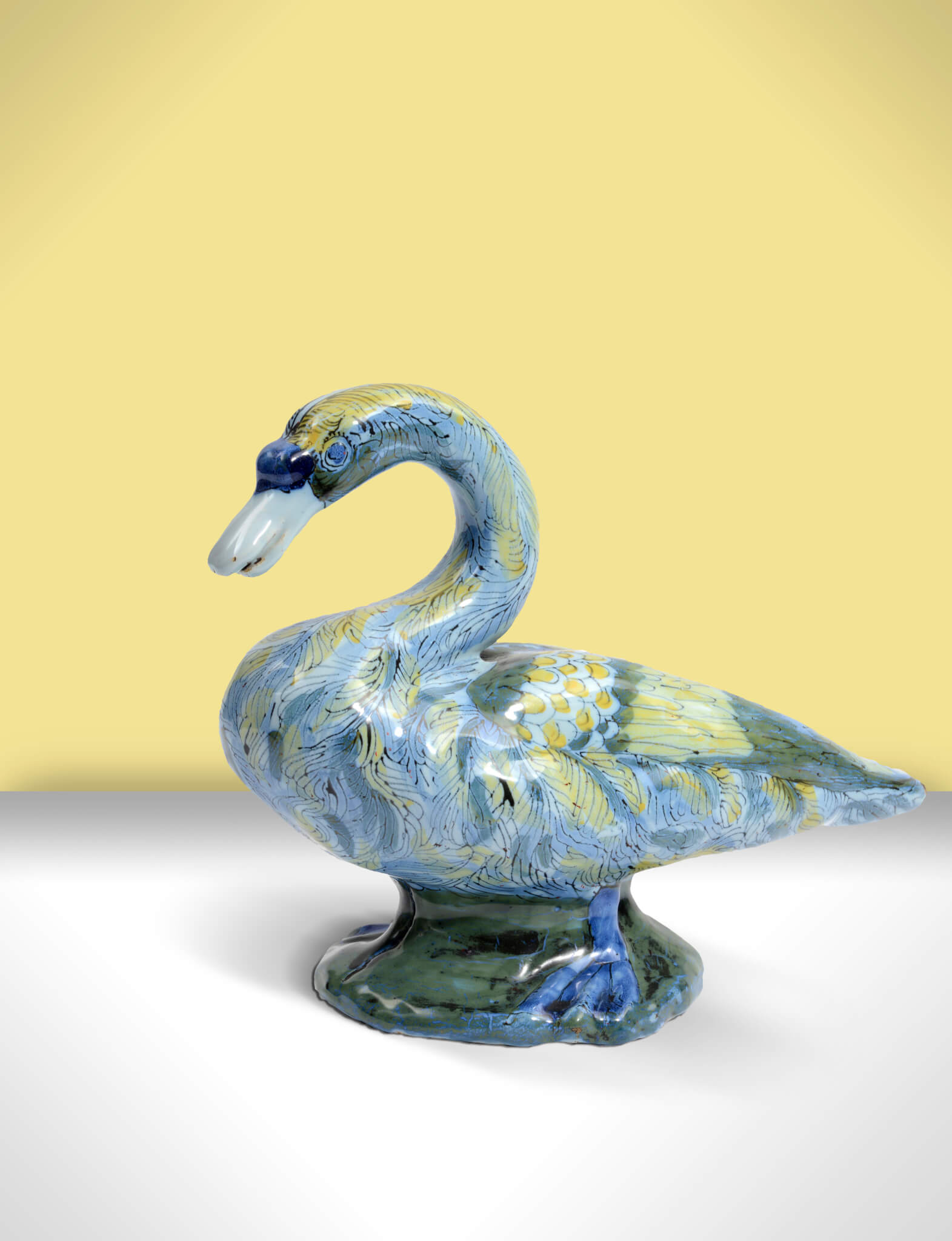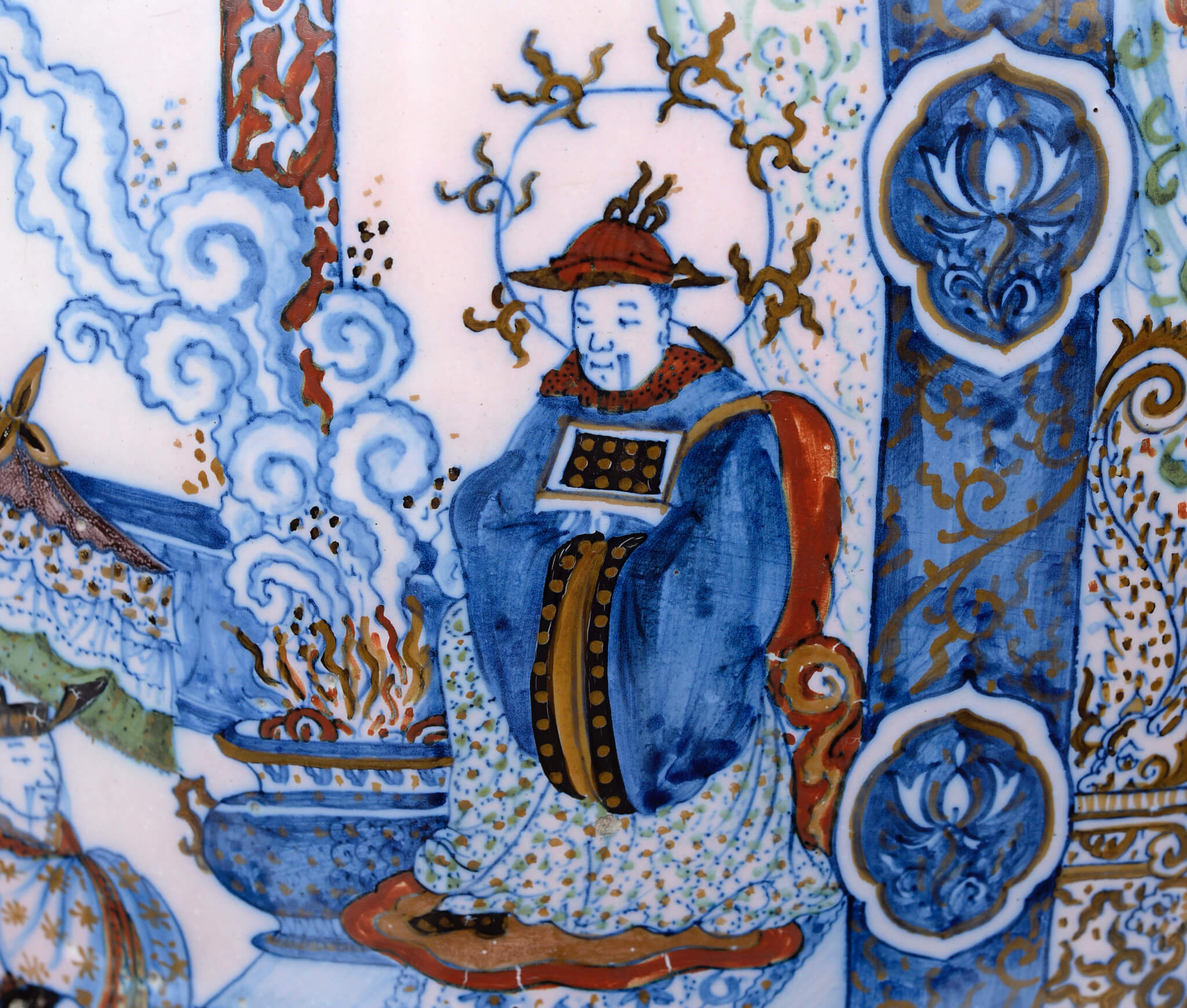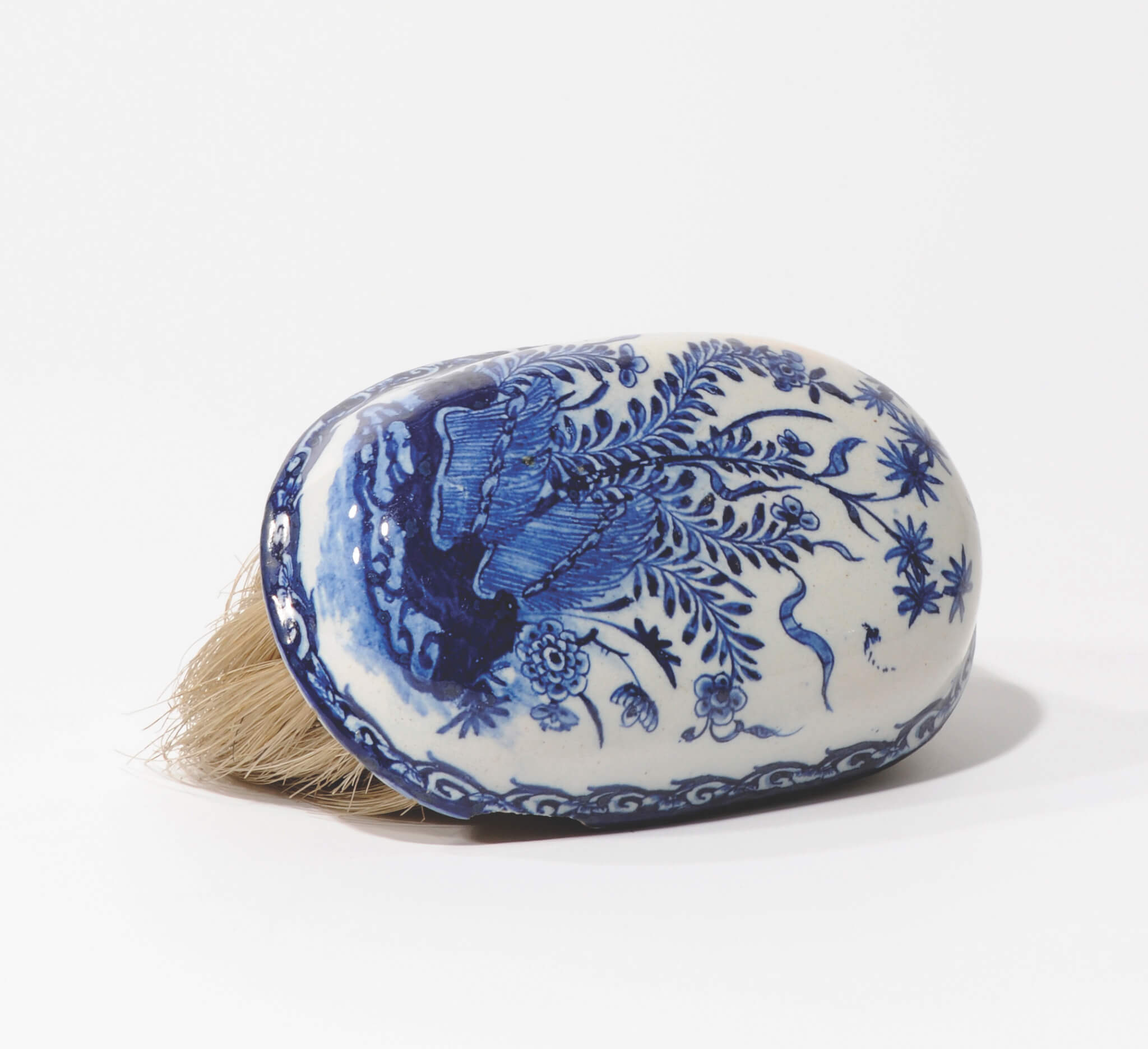Extraordinary Pair of Delftware Flower Vases
Wednesday evening December 11, 2019 will go into the Delftware history books. During the exciting evening in Paris, France, an exceptional pair of blue and white segmented flower pyramids from the late seventeenth century was sold from the collection of Count De Ribes for €1.069.000 or almost $1,2 million, exceeding their €150.000 - €250.000 estimate…

